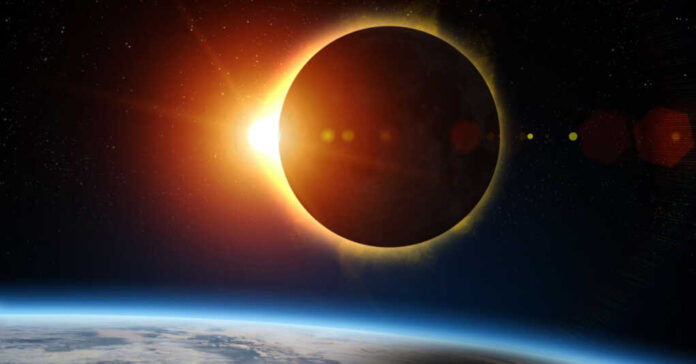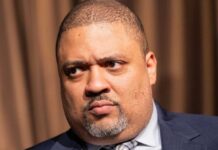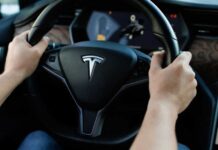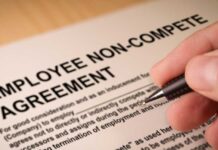
It’s no secret that the US and several state governments are attempting to transition us all to “renewable” energy sources such as wind, sun, and water. But what happens when the sun doesn’t shine?
Well, California is about to find out…
If you haven’t heard, an annular solar eclipse is just around the corner. It’s called an annular solar eclipse because it doesn’t completely block out the sun as in a total solar eclipse. However, it does block a good portion of it.
And for California, which relies heavily upon solar energy, that could be a rather serious problem.
California Independent Systems Operator or CAISO coordinates all of the state’s power generation. Needless to say, they are quite concerned about the upcoming October 14 eclipse and what it will do to the state and its power supplies.
CEO Elliot Mainzer told Western Energy Imbalance Market (WEIM) last week that they’ve “been trying to get ahead of this.” But there’s a lot to do, and time is running out.
As Mainzer says, “It’ll be an interesting moment.”
But when it comes to massive energy shortages, as is expected, the word “interesting” doesn’t quite cover all that could go wrong.
If you want a glimpse of what the event will look like, we can travel back to 2017 when a similar partial solar eclipse occurred in the same state. Back then, California only generated roughly 30 to 40 percent solar energy. And yet, planning to “get ahead” took over a year to offset all losses – a power gap of 449 megawatts.
This time, however, the state now has about 70 percent of its energy as “renewable.” And of that, 80 percent comes from the sun. This means about 56 percent of California’s midday power production requires the sun.
The loss this time around is estimated to be about 11,748 megawatts.
Needless to say, CAISO is going to supplement its solar power with other not-so-renewable sources.
The lesson here should be obvious…







